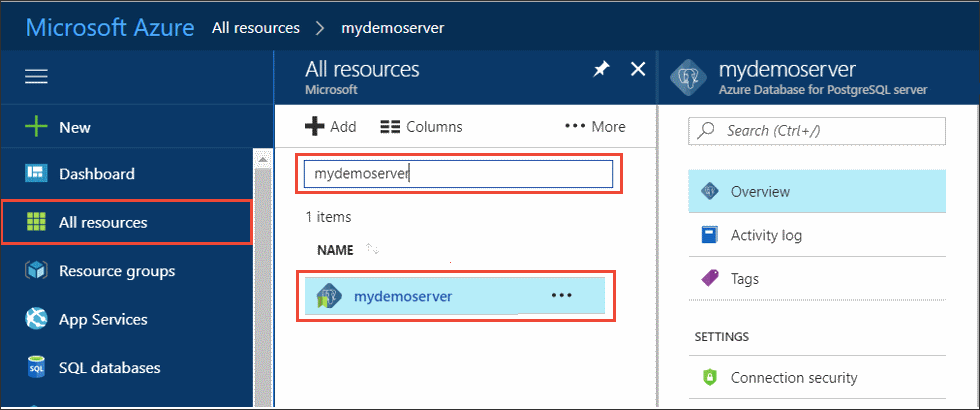
If your application does not support SSL connectivity to the server, you can optionally disable secured transport from your client by turning OFF this parameter value. Currently, this setting only affects bitmap heap scans.

The allowed range is 1 to 1000, or zero to disable issuance of asynchronous I/O requests.

Raising this value will increase the number of I/O operations that any individual PostgreSQL session attempts to initiate in parallel. Sets the number of concurrent disk I/O operations that PostgreSQL expects can be executed simultaneously. It’s recommended to set this value higher than work_mem this can improve performance for vacuuming. Default value for that parameter is 64 KB. The maintenance_work_mem parameter basically provides the maximum amount of memory to be used by maintenance operations like vacuum, create index, and alter table add foreign key operations. Recommendations are to set Effective_cache_size at 50% of the machine’s total RAM.

Index scans are most likely to be used against higher values otherwise, sequential scans will be used if the value is low. The PostgreSQL query planner decides whether it’s fixed in RAM or not. The effective_cache_size parameter estimates how much memory is available for disk caching by the operating system and within the database itself. Azure Database for PostgreSQL - Flexible Server supports range of 4096-2097152 kilobytes for this parameter. If you do decide to tune this value globally, you can use formula Total RAM * 0.25 / max_connections as initial value. Therefore on a relatively busy system total memory usage will be many times of individual work_mem parameter. Each one of those operations will use as much memory as it value allows before it starts writing to disk based temporary files. Be careful however, as one complex query may have number of sort, hash operations running concurrently. If your workload has few queries with a lot of complex sorting and you have a lot of available memory, increasing this parameter may allow Postgres to do larger scans in-memory vs. This parameter specifies the amount of memory to be used by internal sort operations and hash tables before writing to temporary disk files.
#Azure postgresql password#
You can enable or disable temporary connection throttling per IP for too many invalid password login failures. Note that we always load the azure extension (used for maintenance tasks), as well as the pg_stat_statements extension (you can use the pg_stat_ack parameter to control whether the extension is active). This parameter is available for configuration with a predefined set of supported extensions. The shared_buffers setting scales linearly (approximately) as vCores increase in a tier.

General Purpose servers have 2GB shared_buffers for 2 vCores Memory Optimized servers have 4GB shared_buffers for 2 vCores. The 'shared_buffers' setting changes depending on the selected SKU (SKU determines the memory available). Please see the limits documentation for more details. You can tune max_connections on Postgres Flexible Server, where it can be set to 5,000 connections. Here is the list of some of the parameters: Parameter Name The content of the file is automatically updated based on parameter changes in the Server Parameters page. Since Azure Database for PostgreSQL is a managed database service, users are not provided host or OS access to view or modify configuration files such as nf.


 0 kommentar(er)
0 kommentar(er)
